Which phone has the best battery life in 2017?
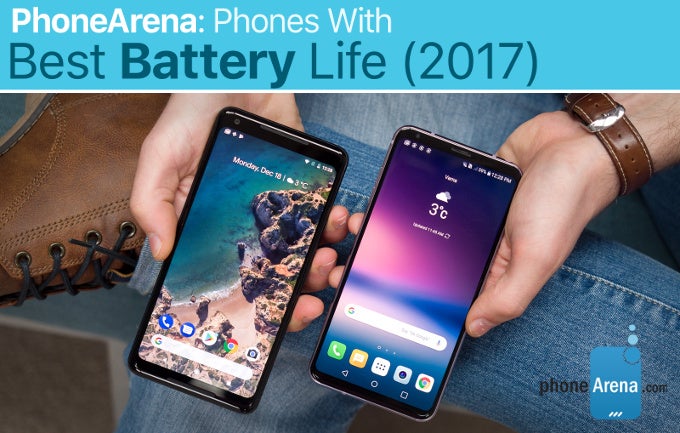
Which phones had the best battery life in 2017? And does battery life on phones ever improve or does it stay roughly the same throughout the years?
At PhoneArena, we do a standardized proprietary battery test on all phones that we review. We test every device diligently: we make sure that its screen is set at the same brightness level and to ensure this we measure brightness level down to the nit with a special colorimeter, we also turn off external notifications and other sources of power drain that might skew the results of our test. For some phones, we double-test if we have doubts about the results. This gives us a comprehensive picture of battery life numbers for all major flagships not just in 2017, but also through the wider lens of time.
As 2017 winds down to a close, we take a look at all the major flagship phones of the year and their battery life performance, and we compare the results to the average battery life of flagships in 2016 and 2015 to see if there is any improvement.
But first, let's look at the list of 2017 flagship phones to see which one scored best in terms of battery life.
Which Phone has the Best Battery Life?
*Note: you can add more phones to this list by using the "Add Phone" field above.
2017 average battery life: 8 hours and 53 minutes
There is one devices that scored noticeably higher than all the rest: the BlackBerry KeyOne. It's in a league of its own when it comes to battery life and a true, two-day performer. Then, there are two other devices that score noticeably higher than the rest: the Samsung Galaxy S8 Active and the Apple iPhone 8 Plus, the only other two with a score of more than 10 hours.
There is also one device that easily wins the "Golden Raspberry Award" of battery life, the one with the absolutely worst battery life: the LG G6. It scored just 6 hours and 9 minutes on our test, way below the average.
While there are highs and lows, if you are interested in the overall trend for the industry, you need to look at the average flagship battery life in 2017. The grand average of all flagship phones is a battery life of 8 hours and 44 minutes. This is actually quite impressive. Look down at the charts below and you can see that in 2016 and in 2015, the battery life average was around 7 hours and 5 minutes, so in 2017, we got a solid 26% improvement.
2016 average battery life: 7 hours and 3 minutes
Last year, in 2016, there was only one phone to break the 9 hour mark and even a few phones under 6 hours.
2015 average battery life: 7 hours and 5 minutes
And in 2015, the overall state of things was not much different than in 2016. The average scores was about the same.
Which Phone is Fastest to Charge?
Another important aspect of the battery equation is the time it takes to charge a phone.
Fast charging has been around for most phones for years, but the technology is improving. So let's see how fast different phones charged. Note that we use the charger that is in the box for this test. The iPhone 8, 8 Plus and X all support fast charging, but require a new charger in order for it to work. That is why you see their slow charge results, as these are the times that the average users who are not aware of the need to purchase a separate charger will have.
The interesting trend in 2017 is that charging speeds actually went down for many flagships. Even though still fast, compared to last year, it took more time to charge phones by Google (the Pixels), OnePlus, LG and Motorola.
Take a look at the results for 2016 right below:
Finally, in 2015 we see more extremes. There were some super fast charging phones: in fact, the LG V10 was fastest in the history of our test, but also the average for most other phones was slower charging.
Conclusion
Summing it all up, we can clearly see that 2017 brought us a big leap in battery life.
On the Android side of things, the big reason for this improvement is the switch to the Snapdragon 835 chip. The Snapdragon 835 was the first mobile chip made on the 10nm manufacturing process, which in simple terms means that it delivers more power at a lower power consumption cost.
In real-life terms, that resulted in a nearly 26% improvement in battery life on our test, the fastest growth in battery life that we have seen in a long while.
Next year, in 2018, we expect a slower growth in battery life numbers, but still growth. While today, we are not quite in two-day battery life territory for mainstream phones, next year, we will be getting closer to that. There will be a new Snapdragon 845 chip to drive that growth on Android, more power efficient displays and further software tweaks that manufacturers will make.
Follow us on Google News


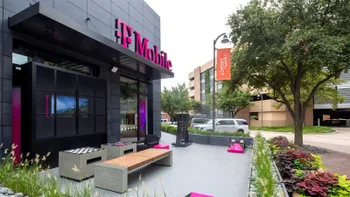
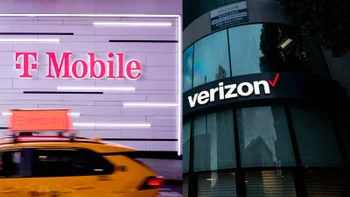
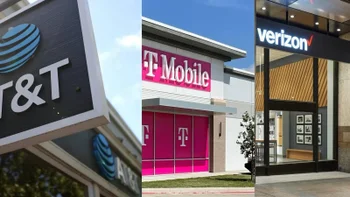
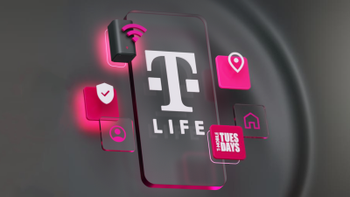
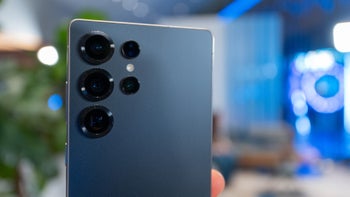
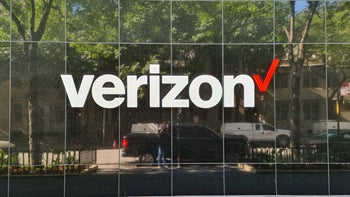
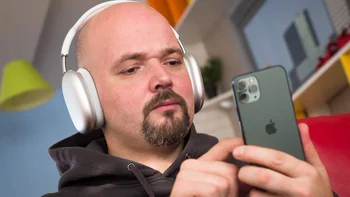

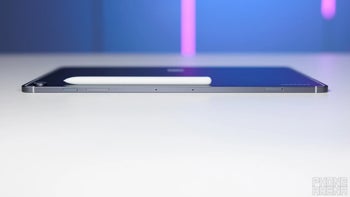
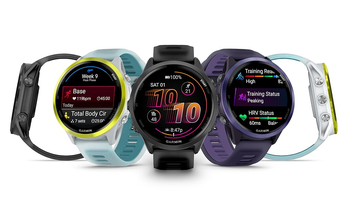
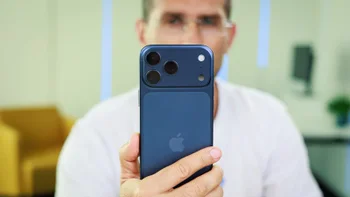
Things that are NOT allowed:
To help keep our community safe and free from spam, we apply temporary limits to newly created accounts: